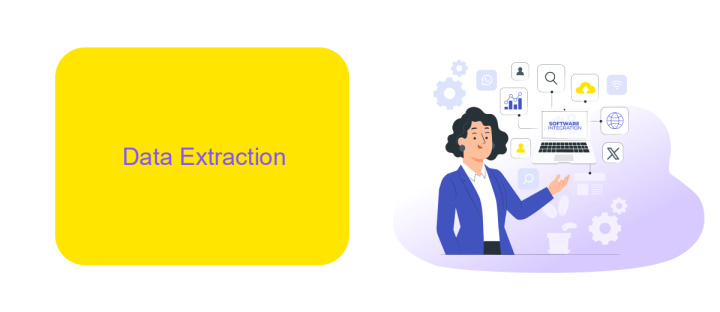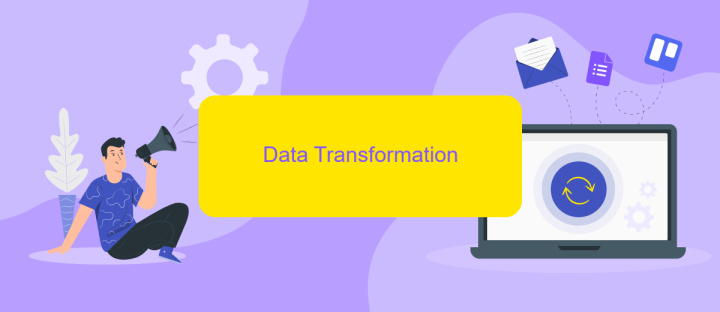ETL Data Migration
ETL (Extract, Transform, Load) data migration is a critical process for organizations aiming to transition data between systems efficiently. This method ensures that data is accurately extracted from source systems, transformed into a suitable format, and loaded into target systems, maintaining data integrity and consistency. Successful ETL data migration can significantly enhance data accessibility, reliability, and overall business performance.
Introduction
ETL (Extract, Transform, Load) Data Migration is a crucial process in modern data management, enabling organizations to seamlessly transfer data between different systems. This process ensures that data is accurately extracted from source systems, transformed into a suitable format, and loaded into the target systems, maintaining data integrity and consistency.
- Extract: Collecting data from various sources.
- Transform: Converting data into the required format.
- Load: Importing data into the target system.
Effective ETL data migration can be complex, often requiring robust tools and integrations to streamline the process. Services like ApiX-Drive offer powerful solutions for automating data transfers and integrating disparate systems without the need for extensive coding. By leveraging such tools, businesses can ensure smooth data migrations, reducing the risk of errors and saving valuable time and resources.
Data Extraction

Data extraction is the first step in the ETL (Extract, Transform, Load) process, where data is collected from various sources for further processing. This phase involves identifying and retrieving data from multiple systems, databases, and formats. The goal is to gather all relevant information efficiently and accurately to ensure a seamless migration process. Common sources include relational databases, cloud storage, and even flat files, each requiring different extraction techniques to handle their specific data structures.
To streamline the extraction process, tools and services like ApiX-Drive can be invaluable. ApiX-Drive offers a robust platform for setting up integrations between disparate systems without the need for extensive coding. By automating data extraction and enabling real-time data flow, ApiX-Drive ensures that the data is consistently up-to-date and readily available for the subsequent transformation and loading stages. This not only saves time but also reduces the risk of errors, making the ETL process more efficient and reliable.
Data Transformation

Data transformation is a crucial step in the ETL (Extract, Transform, Load) process, where raw data is converted into a format suitable for analysis and reporting. This step ensures data consistency, quality, and compatibility with the target system. During transformation, various operations are performed, such as data cleansing, normalization, aggregation, and enrichment.
Key steps involved in data transformation include:
- Data Cleansing: Removing duplicates, correcting errors, and handling missing values to ensure data accuracy.
- Data Normalization: Structuring data into a standard format to maintain consistency across datasets.
- Data Aggregation: Summarizing data to provide insights at a higher level, such as totals or averages.
- Data Enrichment: Enhancing data by integrating additional information from external sources.
- Data Mapping: Aligning data fields from the source to the target system to ensure compatibility.
To streamline the data transformation process, leveraging integration services like ApiX-Drive can be highly beneficial. ApiX-Drive facilitates seamless data integration between various platforms, automating the transformation tasks and reducing manual efforts. By using such services, organizations can ensure efficient and accurate data migration, ultimately enhancing their data-driven decision-making capabilities.
Data Loading

Data loading is the final stage in the ETL (Extract, Transform, Load) process, where the transformed data is transferred into the target database or data warehouse. This step is crucial as it ensures that the processed data is available for analysis and decision-making. Efficient data loading minimizes downtime and maximizes system performance.
There are various methods for loading data, each suited to different scenarios and requirements. The choice of method depends on factors such as data volume, frequency of updates, and system architecture. It is important to choose the right approach to ensure data integrity and consistency.
- Full Load: Loading all data from the source system to the target system.
- Incremental Load: Loading only the data that has changed since the last load.
- Batch Processing: Loading data in batches at scheduled intervals.
- Real-Time Processing: Loading data as it is generated or received.
Tools like ApiX-Drive can facilitate the data loading process by providing seamless integrations between various data sources and target systems. This automation reduces the complexity and manual effort involved, ensuring that data is consistently and accurately loaded into the target environment. Utilizing such services can significantly enhance the efficiency and reliability of your ETL data migration strategy.
- Automate the work of an online store or landing
- Empower through integration
- Don't spend money on programmers and integrators
- Save time by automating routine tasks
Quality Assurance and Testing
Ensuring the quality and reliability of data during ETL data migration is crucial for successful project outcomes. Rigorous quality assurance (QA) processes are implemented to validate data accuracy, completeness, and consistency. This involves multiple stages of testing, including unit testing, system testing, and user acceptance testing (UAT). Automated testing tools and scripts are employed to streamline these processes, reducing manual effort and minimizing errors.
Integration testing is a critical component, particularly when using services like ApiX-Drive, which facilitate seamless data transfers between disparate systems. ApiX-Drive's capabilities enable efficient setup and monitoring of integrations, ensuring data flows correctly and without disruption. Regular audits and validation checks are conducted to ensure data integrity throughout the migration process. By employing these QA and testing practices, organizations can mitigate risks and achieve a smooth transition, ensuring the new system operates as intended.
FAQ
What is ETL Data Migration?
What are the common challenges in ETL Data Migration?
How can I ensure data quality during ETL Data Migration?
What tools can help automate ETL Data Migration?
How long does an ETL Data Migration project typically take?
Apix-Drive is a universal tool that will quickly streamline any workflow, freeing you from routine and possible financial losses. Try ApiX-Drive in action and see how useful it is for you personally. In the meantime, when you are setting up connections between systems, think about where you are investing your free time, because now you will have much more of it.


